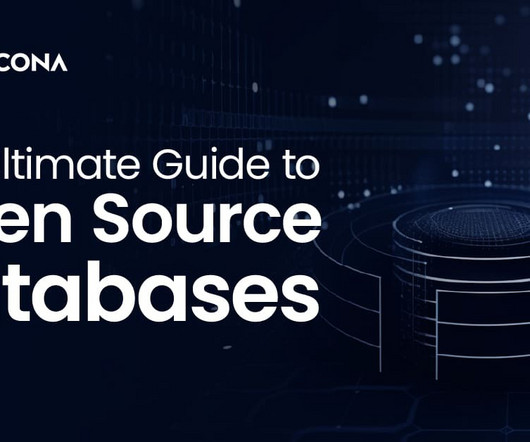Business observability and customer experience: A competitive edge for financial services
Dynatrace
NOVEMBER 15, 2021
When the COVID-19 pandemic hit, the financial services industry had to adapt quickly, as long-anticipated shifts in customer preferences—from branch offices and bankers to websites and apps – suddenly became the new normal. Consumer, commercial, and investment banking choices have never been so abundant—or so easy to access.












Let's personalize your content